How Shemaroo successfully changed the content game
Starting life as a book circulating library over well over five decades ago, Shemaroo today is an established entertainment content house in India, active in content acquisition, value addition to content and content distribution with a large content library of over 3,400 titles. Shemaroo has successfully transformed itself from a family-run enterprise to become a professionally managed company.
Shemaroo commenced India’s first video rental business and thereafter, forayed into distribution of content through the home video segment in the video home system (VHS) format. Over the years, the company has successfully adapted to changing content consumption patterns by expanding into content aggregation and distribution for broadcasting on television platforms. It is continuing the expansion into New Media platforms.
In April 2018, Dish TV partnered with Comedywalas, a division of Shemaroo, to introduce the Comedy Active service on its Videocon d2h platform.
Recently, Contentino, Shemaroo’s subsidiary has also partnered with Keshet International studio, a leading global content producer and distributor, which will now give exclusive distribution rights to Contentino to sell their shows to airlines across the Middle-East and Asia.
Kranti Gada, Chief Operating Officer, Shemaroo Entertainment Limited, is the second generation of the promoters of Shemaroo, having joined the family business in 2006 after a successful stint of over two years in marketing at PepsiCo, where she worked on brand Kurkure.
As COO, Gada heads the revenue function of the company to drive extensive and sustainable growth. She was instrumental in incubating the company’s expansion into the DTH segment. She is also responsible for digital media, DTH and international business verticals. She set up Shemaroo’s mobile business and soon established the company as a leading Mobile VAS player in India. Her understanding and clear vision of the digital future for content enabled Shemaroo to became one of the early adopters of YouTube for monetisation of its content. She launched successful online propositions like Filmi Gaane and Shemaroo Movies.
For More Stories Visit Here.
In conversation with Adgully, Kranti Gada speaks at length about the evolution of Shemaroo’s business focus, riding the digital wave, growth plans and much more. Excerpts:
Please take us through the landmarks in Shemaroo’s growth story.
In the first 15 to 20 years, Shemaroo was more of a rental business. We started with the book library, which was the foundation for us then and continues to be today, based on consumer centricity. We have recorded our founder on tape about what he thought ofthe book library and this is shown to every new recruit that we call the BHM’s tape. He used to read most of the books that he came across and which hewould recommend to some of his customers personally. As a part of the training, he would recommend books to some people that made them better readers, evolve and therefore build loyalty towards the shop and this attitude went on to transforming it to a video library as formats changed and a newer form of entertainment emerged.
Just after that we entered the content business, somewhere in the early 80s. We started acquiring the rights of movies and at that time video rental and the demand for international tapes came into scene as they were legally available, whereas Indian filmmakers did not launch their video cassettes as they thought that if they started selling video cassettes people would stop going to the theatres. Our MD, Raman Maroo, was one of the people who actually helped convince people like Gulshan Rai, Yash Johar, Yash Raj to give us the rights to their films.
As an organisation, we then made a smooth transition from books to video cassettes. When we ran the video cassette content distribution business, we used to have a factory where we replicated the video cassettes and VCRs and became the earliest adopters of DVDs and VCDs in India. Those were the technological changes and shifts that we adapted to fantastically and have since been leaders in adapting technology,which is the second factor that has kept us going, after consumer centricity.
In the early 90s, Raman Maroo had set up Sony Entertainment Television in India, collaborating with 7 other partners. Later Sony came to be a part of it, buying the majority stake. We were the largest Indian shareholders and we ran the business for 18 years and Raman Maroo was also on the Board of Directors; we sold it a few years back. While doing this we understood that technology is totally going to disrupt furthermore and therefore investing in content is going to be the key. So, we started building a library of negative rights (film negative), where the negative is the primary asset. Today, our library of negatives has about 430 Hindi movies and overall 800-plus titles, including regional.
Thus, if any new medium comes, then we are free to experiment with them and aren’t limited or our rights don’t become obsolete. If we were only buying DVD rights, once DVD as a mode perished we would have to go and buy fresh rights but here, we are very easily able to translate our business into a new medium. So we shifted from being content distributors in the 80s to becoming full-fledged owners of that asset.
Another insight that we leveraged was that from the 50s the way we had seen this industry evolve, Bollywood had become a very fragmented industry and therefore, there were no corporate, instead there were individual creative houses that ran because of their creative prowess. Each house was able to produce a limited number of films. What we saw during the satellite days was that any platform to offer a meaningful service to the consumer needs a healthy number of films under their banner, while individual producers only had a handful of films. The sheer number of producers that one would need to engage with and negotiate with was just crazy and thus not viable for the platform to get into. So, what we ended up doing through negative rights library building is actually one of the biggest consolidation exercises in Bollywood. Today, not too many such libraries exist where so many producers are gathered under one umbrella.
For More Stories Visit Here.
Apart from this, we also have long term rights, that is, 10-15 years with Sajid Nadiadwala, Firoz Nadiadwala for their entire library. A huge number of rights were acquired by us. The copyright life is 60 years, while the producer is only able to monetise it for the first five years. We are helping a huge numbers of producers with that monetisation, which has helped us accumulate a library of 3,400 titles across languages and across genres. This was the second milestone for us, where we started building a perpetual library.
The whole digital wave has been huge for us and since we started acquiring digital rights in the year 2000, when there was no YouTube or the concept of digital exploitation in India, and the Telecom wave had just started. In terms of exploitation, we set up our mobile division aggressively from 2007 after that it has just been one platform after the other. Today, we distribute to a large number of platforms. Early on we realised that DVD is going to transform into a digital platform in terms of investment in rights as well as relationships with platforms. We were and continue to be the very few content houses that had direct relationships with mobile operators and platform owners as most people went through aggregators like Hungama or Mauj, while we have great relationships with Airtel, Vodafone. At one time, there were 11-12 operators with whom we had relationships with. We built huge teams around these circles and in every city, state and we would engage with them to get our content promoted.
Now, it is consolidated and more effective. Apart from that, as YouTube came in, it was the first scalable and viable streaming platform and while there were other competitors, none of them took off in terms of consumption. Everyone came in with VC money and big money and brought content from us and this was a period of sustained revenue. 2009 is when we went on YouTube. We were one of the first 10 partners that YouTube signed up with in India and we are one of the few people in the world who have a paper contract and we negotiated on this agreement with YouTube, as now it is tab which says ‘I Agree’ and the contract is done. 2009 was also when we started seeing the explosion in streaming platforms other than mobile. Mobile had already taken off by then. Platforms did exist before that, but you wouldn’t hear of them because they were wiped out.
Post the restructuring, how is Shemaroo looking at the next phase of growth?
We are looking at a very aggressive growth phase. The new team will carry its own vision. The restructuring was done to fulfil our ambition of growth.
How do you look at the mobile side of the business?
At the time when we were looking at a couple of new businesses, mobile was one of them. First of all, the term digital is now ubiquitous, but at that time it was just a buzz word that signified an enigma or unknown, and mobile was the only visible and available mode in which you could digitally deliver content to the consumer. Bandwidth and broadband penetration was zilch at that time; it was 2G not even 3G! The idea that I could send you a piece of content from my Mumbai office to somebody from Delhi, Kolkata or the North East, without having to physically go there – the access that this brought was revolutionary.
Today, I can disseminate content without any restrictions, till then even theatrical reels were physically transported. I could only reach an audience where the physical copy could be transported and physical has another issue regarding inventory and storage. The ease of mode of payment was another very attractive option and the reason why telcos were able to do it so well. They already had an existing billing relationship or a wallet with the consumer. The Indian market is keen on smaller price points which made the telco ecosystem very attractive.
When we started it in 2006-07, video delivery was very difficult. Even a one-minute video had to be downloaded, it could not be streamed, and the quality was pathetic. We sold 30-second video clips then, whereas today you can watch 30 hours’ worth of video without a glitch. We recognised that audio was something we needed to get into as video would not gain traction. So we identified a regional music strategy. Bollywood was doing really well on PPL, Hungama and mobile had just crossed a tipping point where it became very popular amongst the next rung of people. Back in 2003-04, data was expensive, subsequently call rates started dropping and soon everyone had a mobile. The regional strategy worked well for the operators as they were looking beyond Bollywood and wanted to connect with the regional audience. We aggregated content from a huge array of content labels in languages like Marathi, Gujarati, Punjabi, at one point we had content from 15 languages which we offered to the telecoms. The telecoms didn’t have enough big players dealing with them; they mostly dealt with smaller start-ups, so they were glad to deal with a reliable company like ours. Today, we are amongst the top 3-5 vendors for all of them and we are brought in to communicate with their internal team on how to build legitimate products.
For More Stories Visit Here.
As COO, what are your targets and responsibilities?
My basic target is to deliver the AOP (Annual Operating Plan). But, more than that, it’s to operationalise and deliver every vision that the CEO, Board or we as a team have. We have a very capable team heading each business vertical. They really don’t need me to do anything for them. I am basically someone who aligns everybody together, solving small bottle necks that can become hurdles, keep them focussed on the bigger vision and make sure that we are maximising our potential. I believe more in enabling and inspiring people.
Please tell us about your DTH expansion plans.
This business is very nascent and there is a lot more to it than it seems. We have approached DTH aiming for niches where mainstream television has not been able to capture the audience. Being a country with such a wide variety of people, interests, strata of society, and stages of development, niches will continue to emerge. The idea is to capture this niche audience as they become a bigger and more viable group. This business has a long way to go and we have big plans for it.
Are you planning to get into television and OTT production?
The difference between TV and film production is sheer risk assumption. In films, the risk lies with the production house, while in TV, the risk lies with the platform. We are an IP house. We believe in owning our IP and monetising that. It is unlikely that we would be involved in production, where we don’t own the IP. If there are opportunities to create an IP or co-own it that matches some of our other strategies that we are planning, then we may get involved.
Once the rights are sold to us, the producer ceases to own the asset and we become the owners of that asset. And so we step into his shoes.
Will Shemaroo come up with an OTT platform sometime in the future?
If you look at any OTT platform, there are three costs or investment elements – Content, Technology and Customer acquisition. We only have one piece. If you see anyone who is succeeding in this space or making a serious attempt has at least one of these three. It’s a question of how do we make it viable in India against the odds of intense market competition. Having said that, there is a requirement to have our own technology delivery platform, because there are a lot of apps and platforms today to whom we want to sell tothat only take us on as a technology integration provider.
Another question is what the consumer strategy will be and how will we be able to deliver to the consumer. You can only succeed as an OTT platform if you are able to capture the consumer.
You have many platforms on Tata Sky, how did this strategy come about?
This is the same telco insight, whereby there is a platform that has a wallet with the consumer, and he has a particular relationship with the consumer, and is catering to some needs. The idea here is to identify the niches that are not being catered to and the platform is keen to cater the consumer. Those are the services we offer.



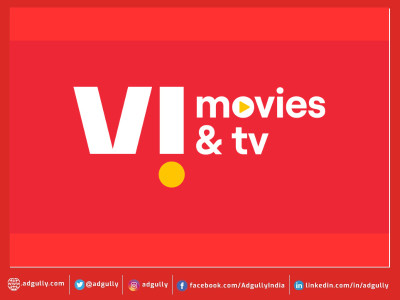
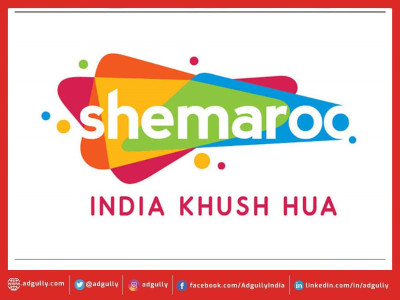
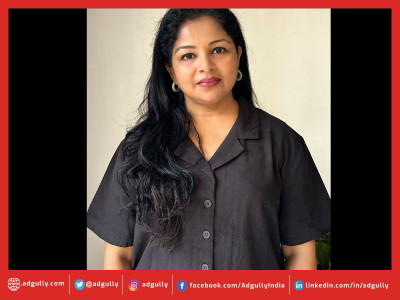
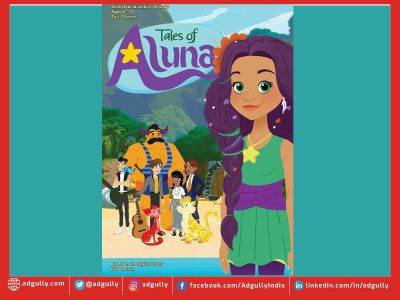
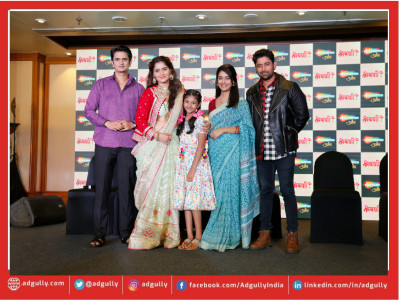



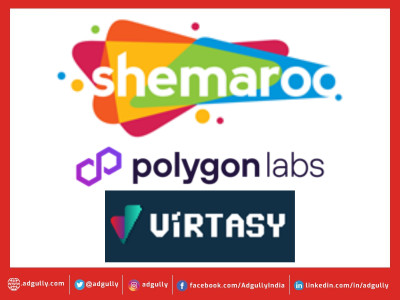
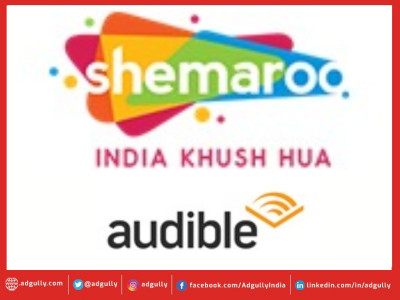



Share
Facebook
YouTube
Tweet
Twitter
LinkedIn